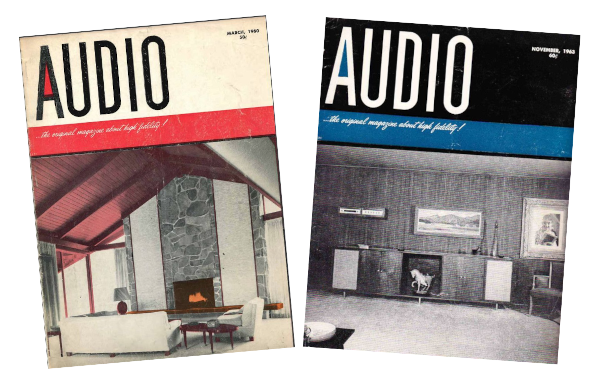I graduated from high school in 1960, and was a teenage audiophile. I began subscribing to Audio magazine around 1957, and devoured the equipment and record reviews and Ed Canby's wonderful columns.
There were electronic projects as well. I built an output-transformerless tube amp from one of them -- a wonderful-sounding but temperamental beast.
Thanks for the trip down memory lane.





























































